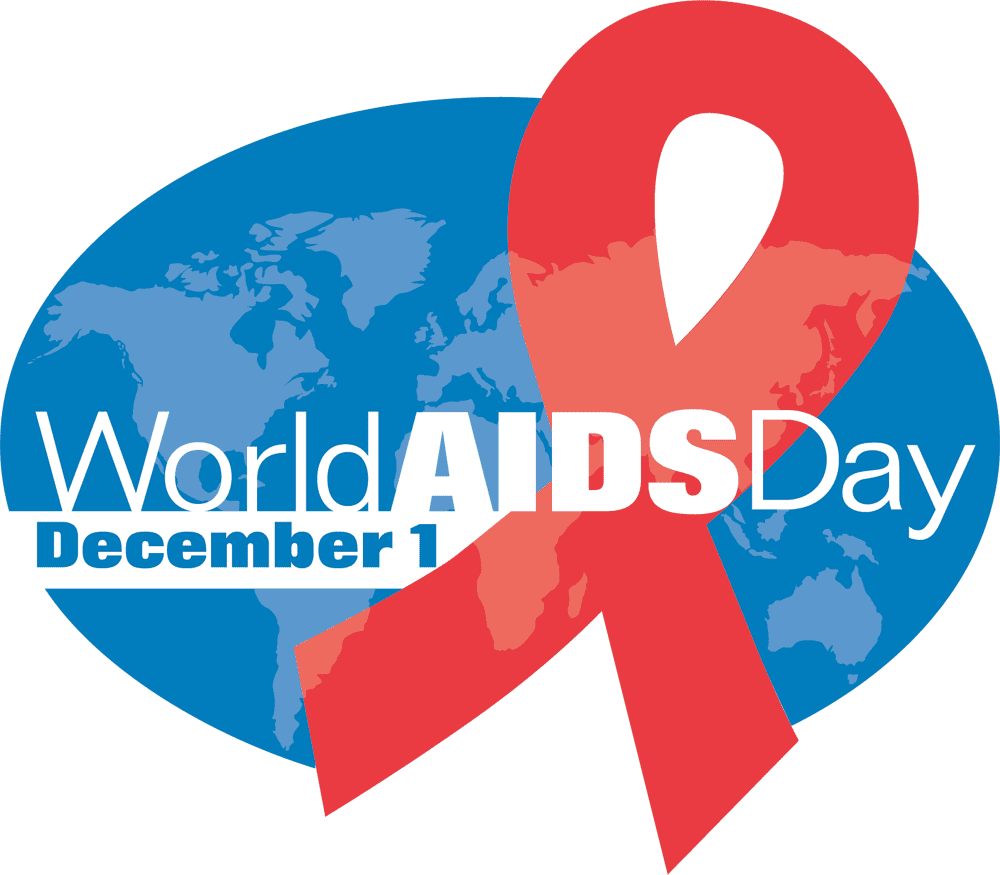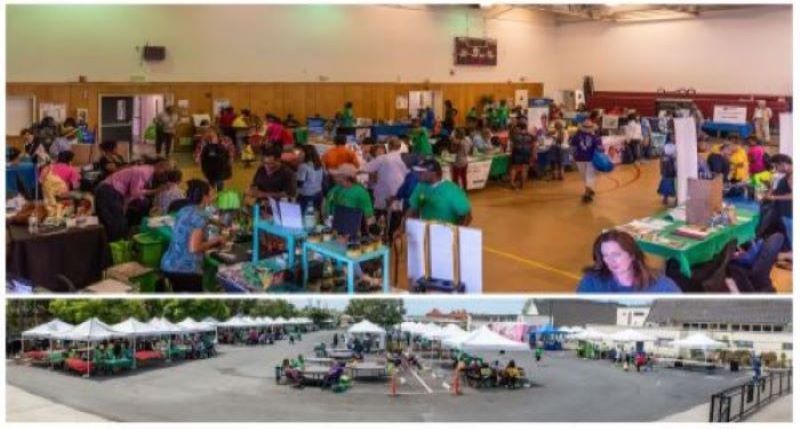World AIDS Day - December 1
 World AIDS Day is December 1. The theme for the 2020 observance is “Ending the HIV/AIDS Epidemic: Resilience and Impact” (“Erradicar la epidemia del VIH/SIDA: Resiliencia e Impacto”).
World AIDS Day is December 1. The theme for the 2020 observance is “Ending the HIV/AIDS Epidemic: Resilience and Impact” (“Erradicar la epidemia del VIH/SIDA: Resiliencia e Impacto”).
World AIDS Day was first observed in 1988. Each year, organizations and individuals across the world bring attention to the HIV epidemic, endeavor to increase HIV awareness and knowledge, speak out against HIV stigma, and call for an increased response to move toward Ending the HIV Epidemic: A Plan for America.
Click here for more information on Allen Temple's AIDS Ministry


